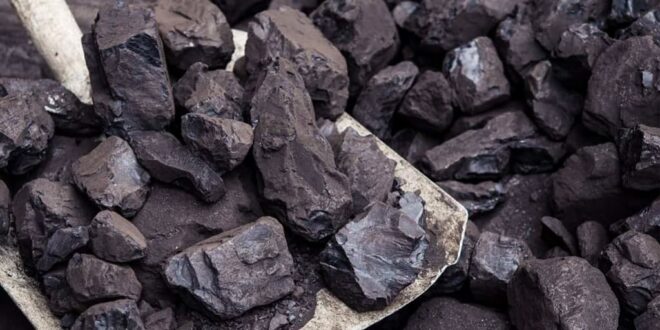For years, climate experts have been begging the world’s biggest economies to wean themselves off of fossil fuels. Instead, coal use is at an all time high, hitting a brand new record of 8.3 billion metric tons in 2022, up 3.3% from the prior year, according to figures from the International Energy Agency (IEA). The uptick in coal demand has been concurrent with a clean energy boom, as countries across the world turned to non-petroleum based energy sources last year thanks to soaring oil and gas prices. All told, the world produced 10,440 terawatt hours from coal in 2022 – about 36% of the world’s electricity generation.
Russia’s war in Ukraine, which kicked off an entirely war over energy supply and sanctions in Europe over the course of 2022, sent shockwaves through global energy markets. To shore up energy security, global economies scrambled to find alternative energy supply chains. In the West, this mostly manifested as an intensive growth in the renewable energy sector. In China and India, however, the coal business is booming. The picture is a bit more complex in China, however, where renewables growth has outpaced every other country on earth several times over, but coal still reigns supreme in the global energy mix.
As a result, “by region, coal demand fell faster than previously expected in the first half of this year in the United States and the European Union — by 24% and 16%, respectively,” the IEA said in a statement accompanying its Coal Market Update report. “However, demand from the two largest consumers, China and India, grew by over 5% during the first half, more than offsetting declines elsewhere,” the statement went on to say.
Historically, China and India have both been major opponents of climate agreements insisting on the phaseout of coal. At the 2021 United Nations COP26 climate summit in Glasgow, China and India imposed a last-minute intervention to water down the language in the conference Pact, so that the parties agreed to “phase down” rather than “phase out” coal. “How can anyone expect that developing countries make promises about phasing out coal and fossil fuels subsidies,” said India’s environment minister Bhupender Yadav, in a speech during the conference proceedings. “Developing countries still have to deal with their poverty reduction agenda.”
Indeed, leaving coal behind is a politically complicated imperative for the twin giants of India and China. India has been a particularly vocal critic of the fact that developed nations, who have enriched themselves off of unmitigated and impune fossil fuel usage, are now calling the shots for the global decarbonization movement and instructing still-developing nations that they are not allowed to do the same. Indian officials have urged rich countries to look in the mirror and scale back their own energy use before pointing the finger at less developed economies. If a single refrigerator in the U.S. uses more energy in a year than the average individual does in a developing country, they say, then maybe that should be the real focus of climate talks.
For Beijing, coal is also extremely political, but for different reasons. In China, coal is synonymous with energy security – the primary if not singular energy goal of the Xi Jinping administration. When other forms of power have failed, coal has always been a reliable and often essential fallback for China, and letting go of that lifeline is a terrifying thought for many. Coal is not just central to China’s energy security strategy, it’s a cultural symbol of reliability and safety. According to Joanna Lewis, an associate professor of energy and environment at Georgetown University, China fears that a phase-out of coal would lead to elevated risk of economic and political instability. “I think there’s this fear of moving away from the status quo and into this new realm of clean and advanced energy technologies, even though they’re extremely well positioned to do so,” she was quoted by Popular Science last year.
Transitioning India and China away from coal won’t be easy – or cheap. A recent report calculated that the cost of transitioning India alone away from coal is somewhere in the ballpark of one trillion dollars. But it’s a necessary step for all feasible pathways toward meeting global emissions goals and thereby avoiding the worst effects of climate change. It will require unprecedented global cooperation, which is a daunting task due to China and India’s entrenched political relationships with the dirtiest fossil fuel. Coal use is projected to stay at near record levels for the duration of 2023 at least.

 Iran Energy News Oil, Gas, Petrochemical and Energy Field Specialized Channel
Iran Energy News Oil, Gas, Petrochemical and Energy Field Specialized Channel



